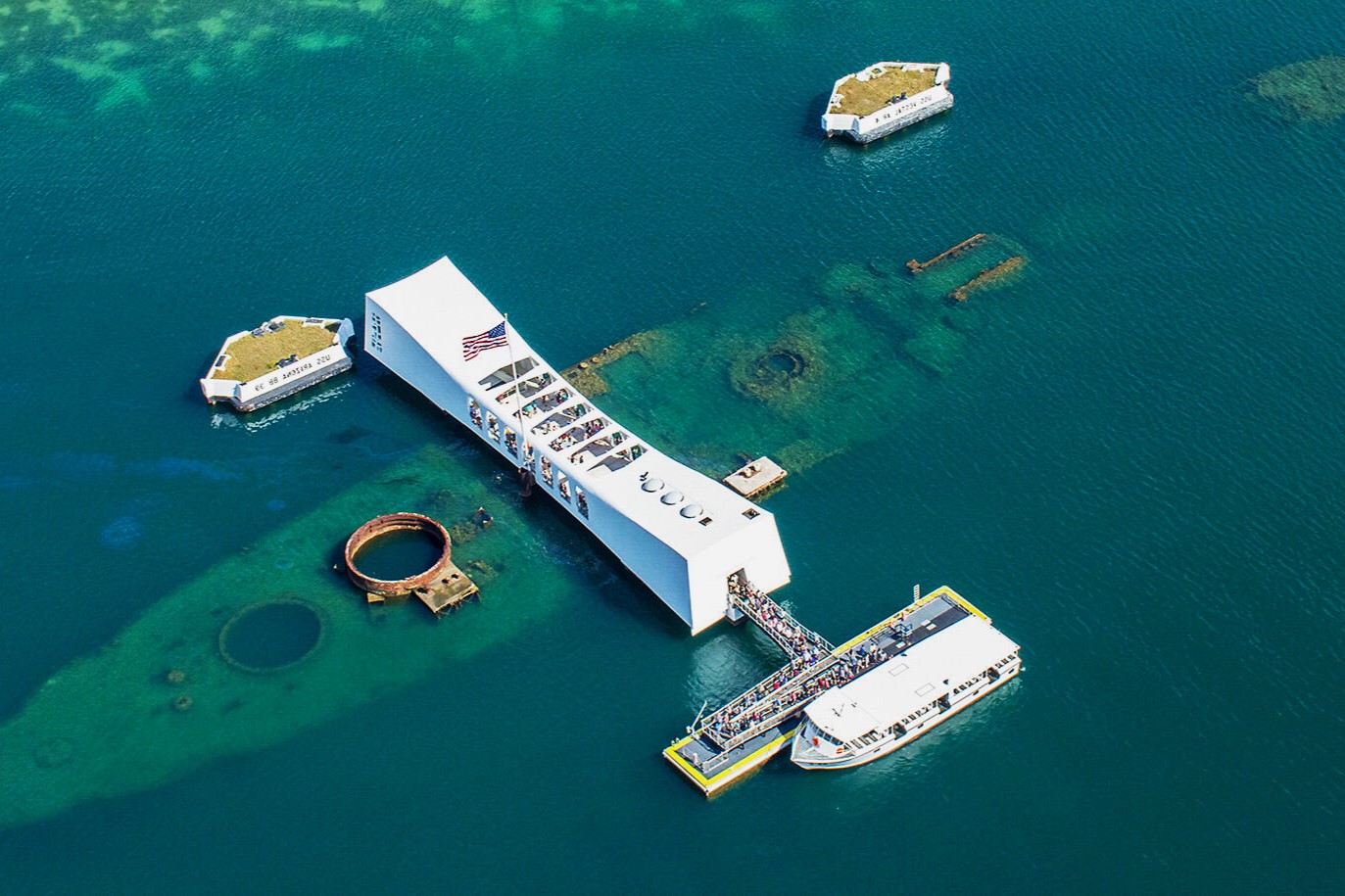Pearl Harbor: A History That Changed Everything

Pearl Harbor stands as a pivotal moment in history. On December 7, 1941, the Japanese launched a surprise attack on the U.S. naval base in Hawaii. This event led to the United States entering World War II. The attack resulted in significant loss of life and damage to the Pacific Fleet. Many people visit Pearl Harbor today to pay their respects and learn more about this crucial event. The site includes the USS Arizona Memorial, which honors the sailors who lost their lives. Understanding Pearl Harbor helps us grasp the impact of war and the importance of peace.
Pearl Harbor: A History That Changed Everything
Pearl Harbor, a name etched in history, holds a significant place in the hearts of many. This naval base in Hawaii witnessed an event that altered the course of World War II and reshaped global politics. Let's explore the key locations within Pearl Harbor that played pivotal roles in this historic event.
The Attack on Pearl Harbor
On December 7, 1941, the Japanese launched a surprise attack on Pearl Harbor, leading the United States to enter World War II. This attack left a lasting impact on the world. Here are the crucial spots where history unfolded.
USS Arizona Memorial
- This memorial honors the 1,177 crew members who lost their lives when the USS Arizona was bombed. The sunken battleship remains visible beneath the water, serving as a poignant reminder of the lives lost.
Battleship Missouri Memorial
- Known as the "Mighty Mo," this battleship hosted the Japanese surrender ceremony, marking the end of World War II. Visitors can explore the ship and stand on the deck where history was made.
Pearl Harbor Aviation Museum
- Located on Ford Island, this museum showcases aircraft from World War II and beyond. It provides insight into the role of aviation during the attack and the subsequent war efforts.
Key Locations Within Pearl Harbor
Beyond the memorials, several other locations within Pearl Harbor hold historical significance. These places offer a deeper understanding of the events that transpired and their aftermath.
USS Bowfin Submarine Museum & Park
- Dubbed the "Pearl Harbor Avenger," the USS Bowfin submarine played a crucial role in the Pacific Theater. Visitors can tour the submarine and learn about its missions during the war.
Ford Island
- This island was a central target during the attack. Today, it houses several historical sites, including the Pacific Aviation Museum and the USS Oklahoma Memorial.
Pacific Fleet Submarine Museum
- This museum highlights the contributions of submarines during World War II. Exhibits include artifacts, photographs, and personal stories from those who served.
The Aftermath and Legacy
The attack on Pearl Harbor had far-reaching consequences, leading to significant changes in military strategy and international relations. These locations help us understand the broader impact of this pivotal event.
Pearl Harbor Visitor Center
- This center offers exhibits, films, and information about the attack and its aftermath. It's a great starting point for anyone looking to delve deeper into the history of Pearl Harbor.
National Memorial Cemetery of the Pacific
- Also known as Punchbowl Crater, this cemetery honors those who served in the U.S. Armed Forces. It provides a solemn space for reflection and remembrance.
Hickam Field
- Now part of Joint Base Pearl Harbor-Hickam, this airfield was heavily bombed during the attack. It remains an active military base and a site of historical significance.
Pearl Harbor's history is a testament to the bravery and resilience of those who lived through it. Visiting these locations offers a chance to honor their memory and gain a deeper appreciation for the events that shaped our world.
The Lasting Impact of Pearl Harbor
Pearl Harbor's attack on December 7, 1941, reshaped history. This event pushed the United States into World War II, altering global dynamics. The surprise attack led to significant military and political changes, including the formation of alliances and the eventual defeat of Axis powers.
Visiting Pearl Harbor today offers a chance to reflect on the bravery and sacrifices made. The memorials and museums serve as powerful reminders of the past, ensuring that future generations understand the importance of peace and vigilance.
Pearl Harbor's legacy continues to influence international relations and military strategies. Its history teaches valuable lessons about preparedness, resilience, and the cost of conflict. Remembering Pearl Harbor honors those who served and ensures that such a pivotal moment in history is never forgotten.

